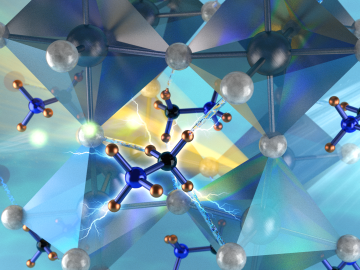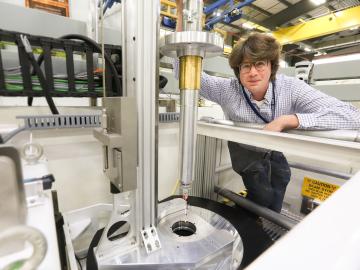
Filter News
Area of Research
- (-) Clean Energy (48)
- (-) Neutron Science (26)
- Advanced Manufacturing (2)
- Biological Systems (2)
- Biology and Environment (4)
- Building Technologies (2)
- Climate and Environmental Systems (2)
- Computational Biology (1)
- Energy Frontier Research Centers (1)
- Fossil Energy (1)
- Fuel Cycle Science and Technology (1)
- Fusion Energy (1)
- Materials (52)
- National Security (2)
- Nuclear Science and Technology (14)
- Nuclear Systems Modeling, Simulation and Validation (1)
- Sensors and Controls (2)
- Supercomputing (23)
News Topics
- 3-D Printing/Advanced Manufacturing (3)
- Bioenergy (2)
- Biology (1)
- Biomedical (2)
- Climate Change (1)
- Composites (1)
- Computer Science (1)
- Cybersecurity (1)
- Energy Storage (1)
- Environment (2)
- Grid (3)
- Materials Science (1)
- Mercury (1)
- Nanotechnology (1)
- Neutron Science (3)
- Physics (1)
- Polymers (1)
- Security (2)
- Space Exploration (1)
- Summit (1)
- Transportation (3)
Media Contacts
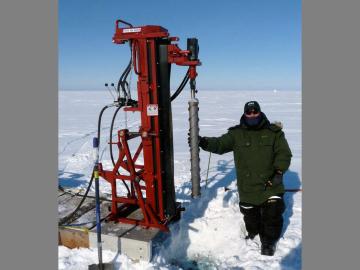
Digging into the Arctic tundra, scientists at Oak Ridge National Laboratory have uncovered new insights into how quickly microorganisms break down organic matter in warming Arctic soil—a process that releases stored carbon as carbon dioxide and methane. The team studied soil extracted...
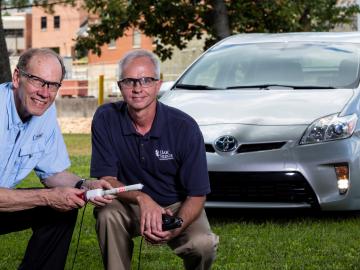

For the past six years, some 140 scientists from five institutions have traveled to the Arctic Circle and beyond to gather field data as part of the Department of Energy-sponsored NGEE Arctic project. This article gives insight into how scientists gather the measurements that inform t...
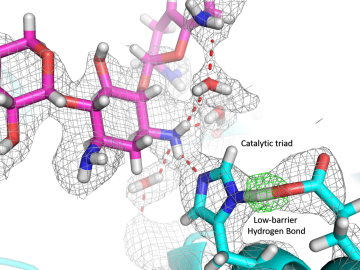
An Oak Ridge National Laboratory-led team has observed how a prolific class of antibiotics may be losing its effectiveness as certain bacteria develop drug resistance by acquiring enzymes known as aminoglycoside modifying enzymes. Aminoglycosides are commonly used in antibiotics to tre...

Christina Forrester’s meticulous nature is a plus for her work leading technical testing and analysis of radiological and nuclear detection devices, whether that work takes her to the Desert Southwest or to her own lab outfitted with specialized

